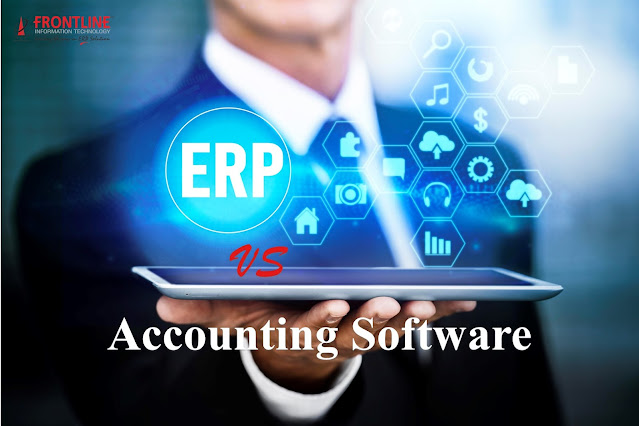Are ERP Users really satisfied?
In a report published about ERP Implementations, actual data
from 1,600 ERP implementations across the globe is
considered. One of the more interesting metrics buried in the study relates to
end-user and executive satisfaction.
Among companies that have recently implemented enterprise
software initiatives, it is found that an underwhelming number are at least
somewhat satisfied with the end result. According to the study, 32% of
executives are dissatisfied with their ERP software. Perhaps not surprisingly,
end-users are even more dissatisfied (39%) with their enterprise software
solutions.
Because companies invest such large amounts of time and money in
their ERP software, it is surprising that there is only a 2 out of 3 chance
that they’ll like what they end up with. This data underscores some of the key
contributors to ERP software satisfaction:
1.
Companies too often pick the
wrong software. Many companies
in the study underestimate the need for a thorough ERP software selection
process. As a result, organizations often choose and implement solutions that
are not good fits for their unique business requirements. It is simply not
possible to be satisfied with software that doesn’t fit your needs.
2.
Executive expectations are
often misaligned with ERP implementations. The
fact that executives are too often dissatisfied with their enterprise software
investments, even though they are typically infrequent users of the system,
suggests that their needs are not being met in providing more visibility and
transparency to their organizations. Reporting and business intelligence, which
are usually afterthoughts delayed until the last weeks of an implementation,
often determine executive satisfaction.
3.
ERP implementations too often go
over budget and miss milestones. When an
executive sees that his or her organization has just sunk an average of 6.9% of
annual revenue in their ERP software, it better be worth it. Implementations
generally take longer and cost more than expected, and executives will only be
satisfied when they see clear and tangible paybacks on those investments.
4.
Employees are often left
behind. Best-in-class
enterprise software initiatives include effective organizational change
management activities to ensure employees are comfortable, efficient, and
productive in the new system. However, companies that neglect this important
activity are more likely to have dissatisfied employees. This issue is even
more pronounced in today’s climate of layoffs, uncertainty, and declining
employee morale.
Companies that effectively address the above areas are more
likely to complete their ERP implementations on time and under budget and, more
importantly, are also more likely to have satisfied executives and
end-users.




Comments
Post a Comment